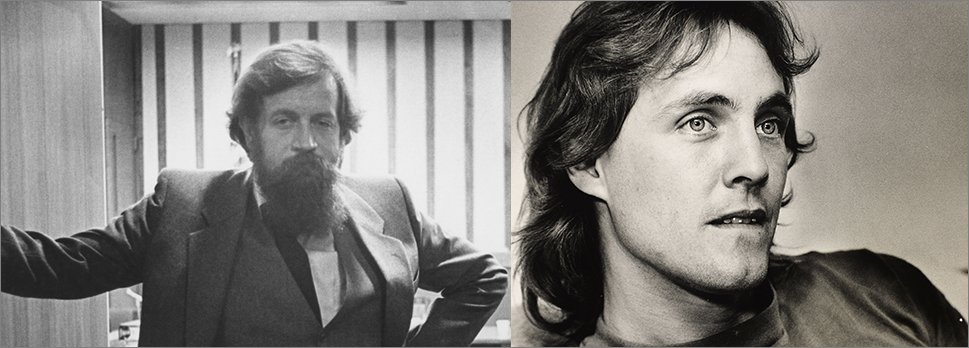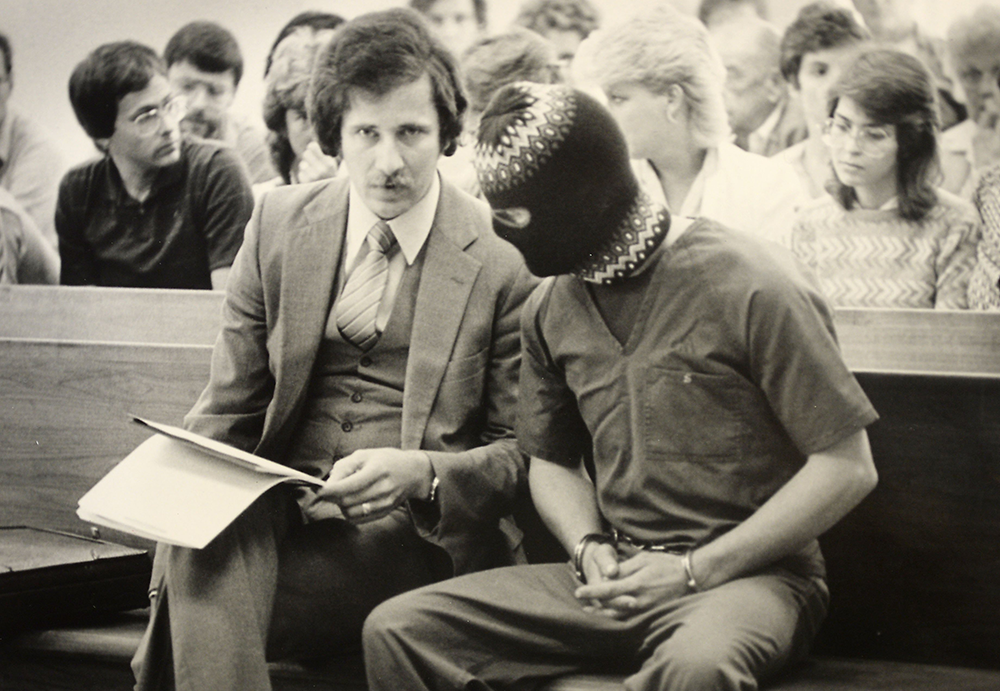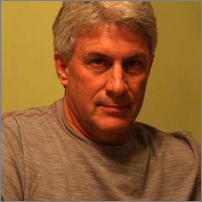If anything was certain in this trial — in these trials, really — it was that John Peel was still a mystery man. He had not testified on his own behalf at his first trial. He was not expected to do so at the second. After twice being turned down in his bid to represent himself at trial, moreover, he had not had an opportunity to address the jury [1]. His greatest activity seemed to be scrawling notes on a legal pad. Sometimes he conferred with one of his attorneys, usually Phillip Weidner.

“I thought it was a great idea. That’s why they turned it down.”
John Peel on representing himself at trial
The impression was that defense attorney Phillip Weidner exercised considerable control over his client. Both judges had seen the attorney continually intervene on Peel’s behalf, even trying to prevent Peel from answering “yes” or “no” questions. The practice was particularly noticeable when Peel was waiving his rights, as he did when he waived his right to testify at the first trial.
Judge Schulz remembered that he had to “be a little bit upset” to get Peel to personally enter the waiver, as the rules required. Phillip Weidner even wanted to put his own name on the record when it came time for Peel to put forward his final waiver of the right to testify.
Not Real Quick
But Judge Schulz also had the impression that John Peel “was not real quick.” His assessment came from several observations. One, Schulz thought Peel had difficulty understanding what was going on in the courtroom, even routine things that other people figured out fairly quickly. Watching Peel’s reactions at trial reinforced that impression, as did seeing him interact with Weidner and hearing his police interviews. Schulz could never be sure. Peel remained a mystery.
But one incident in particular seemed to pull back the curtain on John Peel’s comprehension. Or the lack thereof. When the accused arrived in Ketchikan after his extradition, he faced multiple problems. His Washington State attorney, Michael Tario, could not practice law in Alaska. He had an Anchorage attorney, Phillip Weidner, but little money. On his attorneys’ advice, Peel declared himself indigent.

Don’t Trust Anyone
That meant the State of Alaska would send in public defenders to assist in his legal defense. Which they did, sending in John Salemi from the Public Defender Agency. As a top homicide among public defenders, Salemi was the right choice. But John Peel wouldn’t talk to him. For some reason, Peel thought Salemi worked for the prosecution. Perhaps he was confused. After all, Salemi was provided pro bono by the State. And those folks are all tied at the hip.

(courtesy LinkedIn)
The worst came when Salemi asked his erstwhile client if he “planned to plead guilty.” Peel was outraged. He seemed to think the State was already playing dirty. It goes without saying that it was an emotionally fraught time for all concerned. There was, after all, a mass murder hanging over everything.
That wasn’t the only issue.
Witness Implicates Peel
Salemi had, by that time, told Judge Schulz about another of his clients, a man named James Teal, who had gone to the authorities because he had important information about the Investor case. Information that seemed to implicate John Peel. Salemi didn’t see how he could represent both men; the interests of one were opposed to the interests of the other. That much was not a mystery.
“Mr. Peel is aware that this Mr. Teal exists,” Salemi told Judge Schulz, “because Mr. Weidner has found out somehow and told him about it. So that’s why Mr. Peel won’t talk with us, except to exchange pleasantries, when we go to the jail, about the weather and things like that.”
[1] Having Peel act in his own defense had the advantage of letting Peel ask questions, but not face cross-examination. It was a win-win for Peel, but the prosecution saw it for what it was. So did the judge. There was no mystery there.
Excerpts from the unpublished original manuscript, “Sailor Take Warning,” by Leland E. Hale. That manuscript, started in 1992 and based on court records from the Alaska State Archive, served as the basis for “What Happened in Craig.”
Copyright Leland E. Hale (2021). All rights reserved.

Order “What Happened In Craig,” HERE and HERE. True crime from Epicenter Press.